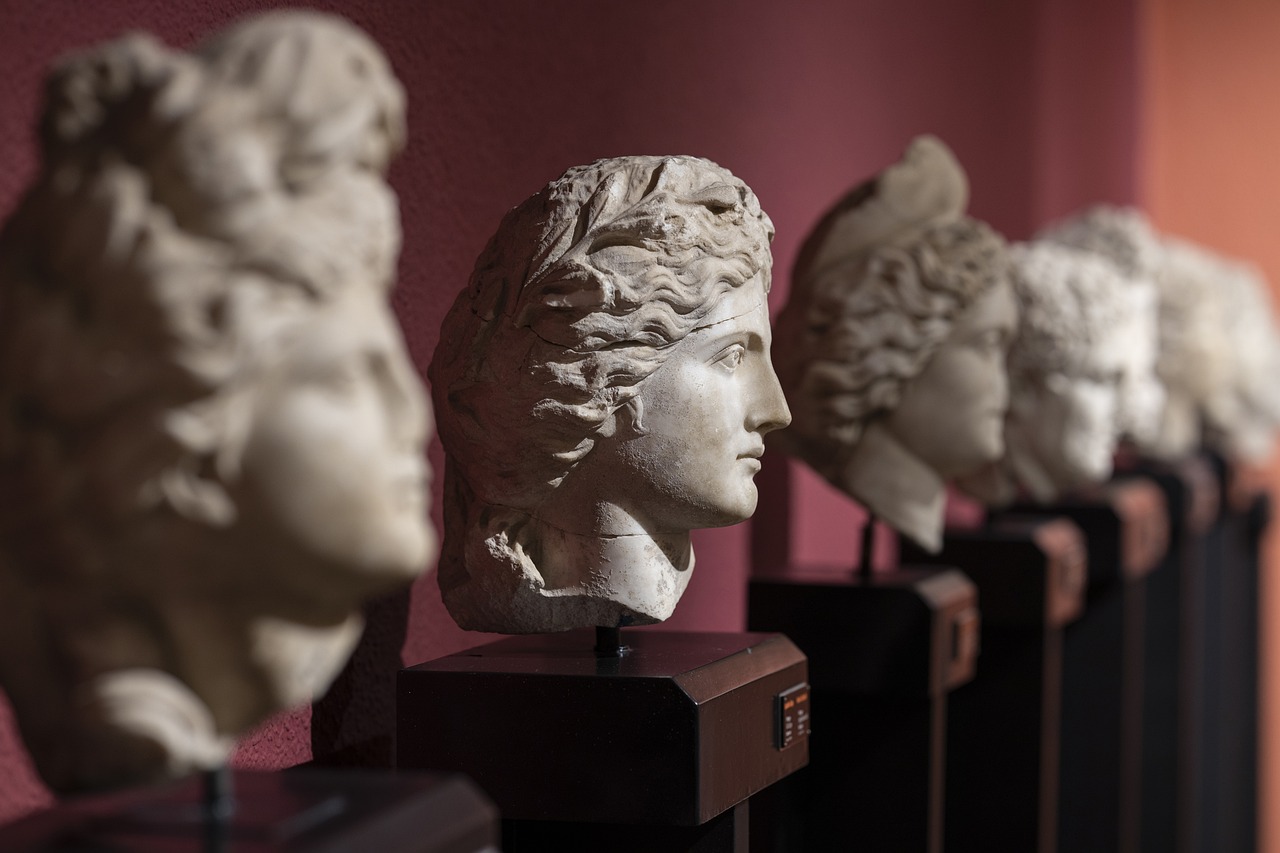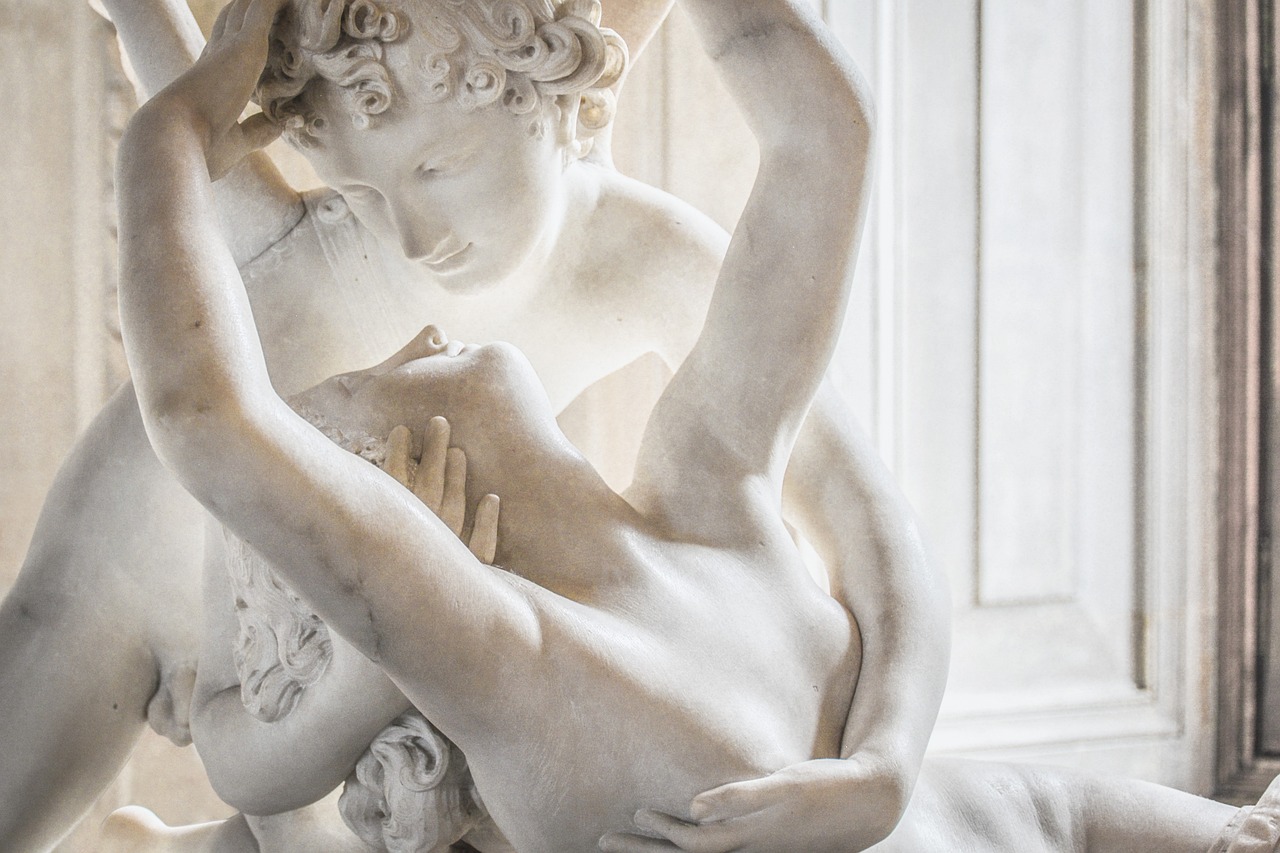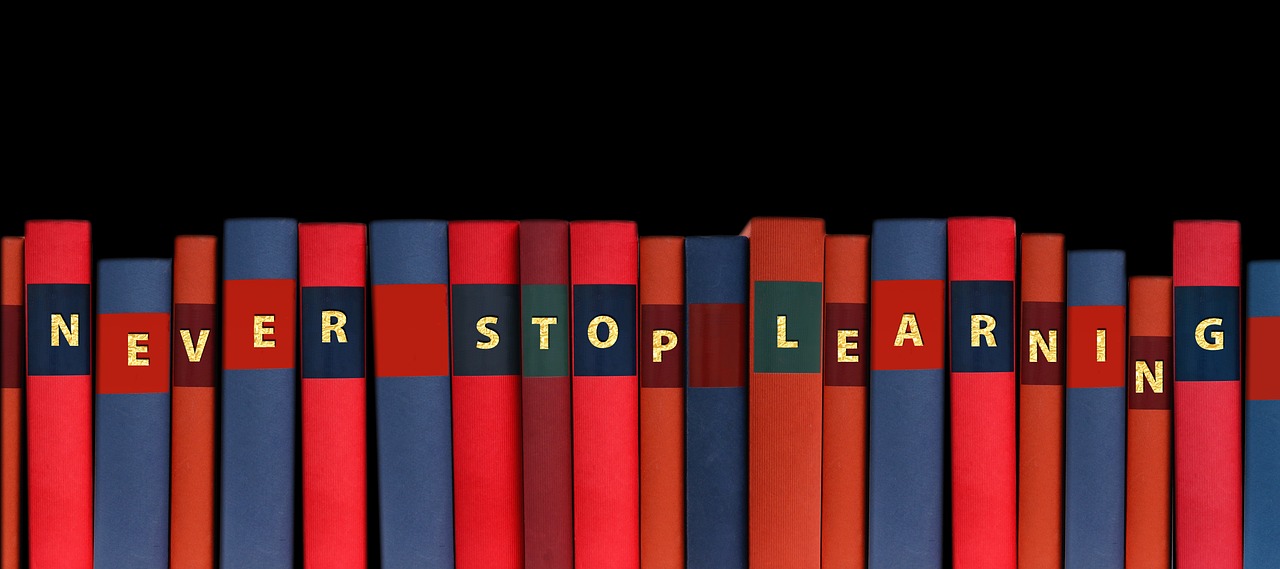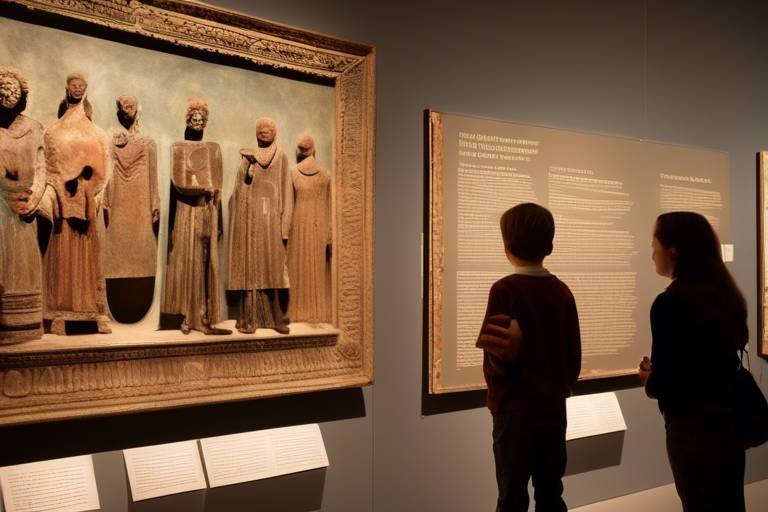The Role of Museums in Cultural Heritage Education
Museums serve as crucial institutions in the realm of cultural heritage education, acting as guardians of the past and conduits of knowledge for present and future generations. By delving into the intricate tapestry of human history and creativity, museums play a pivotal role in preserving, interpreting, and disseminating cultural heritage.
Through their extensive collections of artifacts, artworks, and historical objects, museums contribute significantly to the preservation of tangible and intangible heritage. These repositories of human creativity safeguard invaluable treasures, ensuring that they are not only protected from the ravages of time but also made accessible to the public for appreciation and study.
Moreover, museums offer a diverse array of interactive learning experiences that transcend traditional educational boundaries. From engaging exhibitions and immersive displays to hands-on workshops and educational programs, museums provide visitors with dynamic opportunities to explore and connect with different cultures, traditions, and histories.
Community engagement lies at the heart of museum initiatives, fostering collaboration, dialogue, and inclusivity within local and global contexts. By actively involving communities in their activities, museums create spaces for shared experiences, diverse perspectives, and mutual understanding, thereby strengthening social bonds and preserving cultural heritage.
Embracing digital innovation, museums harness the power of technology to amplify their educational reach and impact. Through online platforms, virtual tours, interactive apps, and multimedia resources, museums extend their educational offerings to a global audience, breaking down geographical barriers and enhancing accessibility to cultural heritage.
By interpreting historical narratives and cultural practices, museums illuminate the significance of heritage, offering insights into the complexities of human experiences and identities. Through thoughtful curation, storytelling, and presentation, museums engage visitors in critical reflections on the past and inspire them to appreciate the richness and diversity of cultural heritage.
Curatorial practices form the backbone of museum operations, guiding the selection, display, and interpretation of collections to convey meaningful messages about cultural heritage. Through meticulous planning, research, and design, curators craft compelling narratives that resonate with audiences, fostering deeper connections and understanding of heritage.
Collaborations with communities further enrich the educational landscape of museums, fostering partnerships with local groups, indigenous communities, and cultural organizations. By embracing diverse perspectives, promoting inclusivity, and amplifying marginalized voices, museums strive to create a more equitable and representative platform for heritage education.
Lastly, sustainability and ethics underpin the core values of museum management, guiding decisions on collection care, conservation practices, and ethical considerations. By adopting sustainable practices and ethical standards, museums ensure the long-term preservation and responsible stewardship of cultural heritage for future generations.

Preservation of Artifacts
Museums play a crucial role in the preservation of artifacts, ensuring that valuable historical objects and cultural treasures are safeguarded for future generations. These institutions act as custodians of our heritage, carefully conserving artworks, archaeological finds, documents, and other significant items that offer insights into the past.
Through meticulous conservation practices and expert care, museums prevent the deterioration and loss of these artifacts, maintaining their integrity and historical value. By employing specialized techniques and technologies, such as climate control systems, protective display cases, and restoration methods, museums prolong the lifespan of these precious objects.
Moreover, museums serve as educational hubs, not only preserving artifacts but also interpreting their significance and contextualizing them within historical narratives. Visitors have the opportunity to learn about the cultural, social, and artistic contexts of these artifacts, gaining a deeper understanding of the past and the diverse traditions that have shaped our world.
By showcasing these artifacts in exhibitions and galleries, museums create immersive learning experiences that engage visitors of all ages. Through interactive displays, guided tours, and educational programs, museums bring history to life, allowing people to connect with the past in a tangible and meaningful way.
Furthermore, museums collaborate with experts in various fields, including historians, archaeologists, and conservators, to ensure the proper care and preservation of artifacts. By following ethical guidelines and best practices in collection management, museums uphold standards of integrity and professionalism in their stewardship of cultural heritage.

Interactive Learning Experiences
Exploring how museums play a vital role in preserving and educating about cultural heritage, fostering appreciation and understanding of diverse traditions, artifacts, and histories.
When it comes to interactive learning experiences, museums offer a dynamic platform for visitors to engage with cultural heritage in a hands-on and immersive way. Through innovative exhibitions, interactive displays, and educational programs, museums create a stimulating environment that encourages exploration and discovery. Imagine stepping into a museum where history comes alive, where you can touch, feel, and experience the past firsthand. It's like a time machine that transports you to different eras and civilizations, allowing you to connect with the stories and legacies of our ancestors.

Community Engagement
Museums serve as vibrant hubs of community engagement, bringing people together to celebrate and preserve shared heritage. Through a myriad of events, workshops, and interactive programs, museums create spaces where individuals can connect with their roots, learn about diverse cultures, and build a sense of belonging. By engaging with local communities, museums foster a sense of pride in cultural identity and encourage dialogue that transcends boundaries. These institutions act as catalysts for social cohesion, encouraging collaboration and mutual understanding among people from different backgrounds and walks of life.

